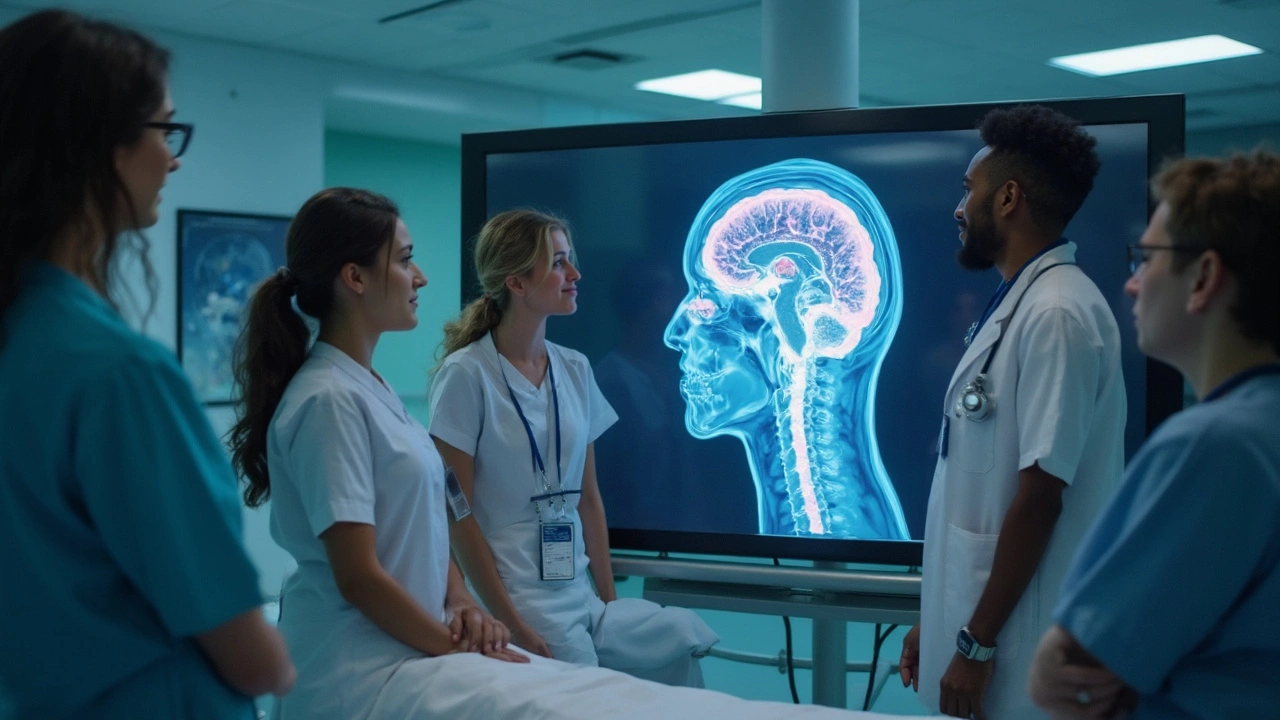Leptomeningeal metastases: what you need to know
Leptomeningeal metastases (LM) happen when cancer cells spread to the thin membranes around your brain and spinal cord. This is serious and can change symptoms quickly. If you or someone you care for has advanced cancer, knowing the signs and options helps you act fast.
What does LM feel like? Symptoms vary, but common ones include persistent headaches, nausea, double vision, weakness in arms or legs, numbness, memory trouble, seizures, or trouble walking. Symptoms can come from different spots in the nervous system at once, which is a key clue for doctors.
How doctors find LM
Your doctor will usually start with an MRI of the brain and spine with contrast. MRI often shows characteristic patterns along the leptomeninges. A lumbar puncture to test cerebrospinal fluid (CSF) follows. CSF tests look for cancer cells, higher protein, and low glucose. Sometimes the first CSF sample is negative and needs repeating. Combining MRI and CSF gives the best chance to confirm LM.
Treatment options and what to expect
Treatment aims to control symptoms, preserve function, and slow disease. Options depend on the primary cancer type, overall health, and symptoms. Radiation can target bulky areas causing focal symptoms, like a spinal cord lesion or a painful nerve root. Intrathecal chemotherapy delivers drugs directly into the CSF; common agents include methotrexate and cytarabine. Systemic chemotherapy and targeted therapies may help if the drugs reach the CSF or if the primary cancer responds well.
Steroids can reduce swelling and quickly ease headaches or neurologic worsening. Pain control, anti-seizure medication, and physical therapy matter a lot for daily life. Side effects are real: intrathecal chemo can cause meningitis-like symptoms and radiation can cause fatigue and local effects. Prepare questions about benefits, risks, and how treatment will affect quality of life.
How long do people live with LM? Prognosis varies a lot. Some patients live a few months, others longer when the primary cancer is treatable with newer targeted drugs or immunotherapy. Prognosis depends on cancer type, how much neurologic function remains, and whether systemic disease is controlled.
Should you join a clinical trial? Trials often test drugs that better reach the CSF or new targeted agents. If standard options are limited, trials can be worth discussing with your oncologist or a neuro-oncology team.
Practical tips for patients and caregivers: keep a symptom diary noting new weakness, vision changes, or severe headaches; bring recent scans and reports to appointments; ask about early palliative care to manage symptoms and planning; consider a neuro-oncology center for complex decisions.
LM is hard, but clear information helps you make better choices. Talk openly with your care team about goals, likely outcomes, and what matters most to you. If you want, I can list typical questions to ask your doctor or suggest resources for support groups and clinical trial searches.
Ask about options like an Ommaya reservoir for easier intrathecal treatment, CSF flow studies, and how treatments will fit your daily routine and goals now.

